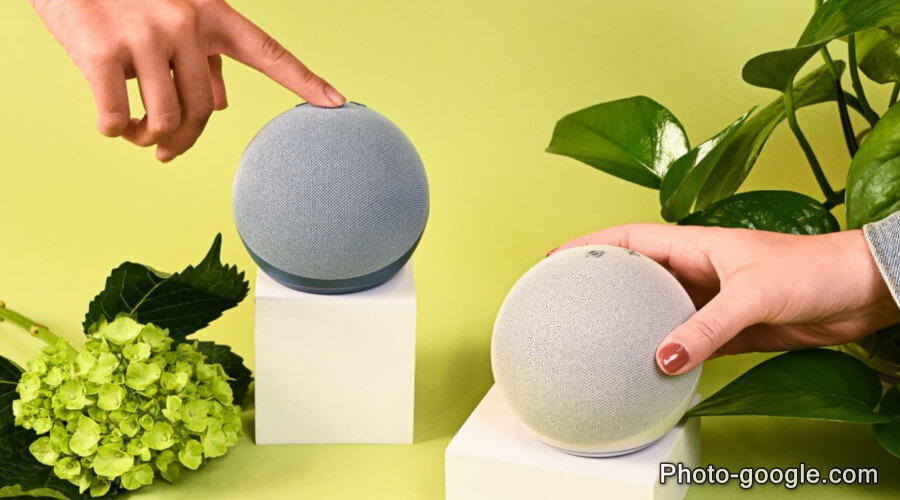The dream of a truly smart home is no longer science fiction. It is a reality. Lights that adjust automatically, thermostats that learn your schedule, and front doors that welcome you home are all possible.
However, a collection of smart gadgets is not a smart home. A true smart home needs a brain. It needs a central ecosystem that allows all of your devices to communicate and work together seamlessly.
In 2025, three major players dominate this space: Apple HomeKit, Google Home, and Amazon Alexa.
Choosing your ecosystem is the single most important decision you will make. It will dictate which products you buy and how you interact with your home for years to come. This guide will break down the strengths and weaknesses of each platform to help you make the right choice.
The Key Comparison Points
We are evaluating these platforms on the factors that matter most to a user.
-
Ease of Use: How intuitive is the app and the daily experience?
-
Device Compatibility: How many smart devices work with the platform?
-
Voice Assistant Intelligence: How smart and helpful is the virtual assistant?
-
Automation Power: How capable is it at creating complex and reliable automations?
-
Privacy and Security: How well does the platform protect your personal data?
Apple HomeKit: The Secure and Seamless Fortress
Best for: Apple users who prioritize privacy and a flawless user experience.
Apple HomeKit is the definition of a “walled garden.” This approach offers both incredible strengths and some limitations. Its greatest advantage is its deep integration with the Apple ecosystem. If you use an iPhone, iPad, and Mac, HomeKit feels like a natural extension of your digital life.
The Apple Home app is clean, simple, and incredibly responsive. Automations are easy to set up. Furthermore, Apple has the strongest stance on privacy. All processing for automations happens locally on a home hub (like an Apple TV or HomePod), not in the cloud. This makes it a fortress for your data.
Pros:
-
Unmatched privacy and security protocols.
-
Beautiful, intuitive, and clutter-free user interface.
-
Seamless integration with all Apple devices.
Cons:
-
Historically has had fewer compatible devices (though this is changing).
-
Siri is generally considered less intelligent than its competitors for general knowledge questions.
Amazon Alexa: The Universal Translator
Best for: Users who want maximum device compatibility and endless customization.
Amazon Alexa was the first to market, and it shows. Its biggest strength is its overwhelming device compatibility. Nearly every smart home gadget you can buy works with Alexa. If a product has a “Works with…” label, it is almost certainly for Alexa.
The Alexa ecosystem is built on “Skills,” which are like apps for your voice assistant. There are tens of thousands of them. This allows for an incredible amount of tinkering and customization. From ordering a pizza to starting a specific cleaning cycle on your robot vacuum, there is probably a Skill for it.
Pros:
-
Works with the largest number of smart home devices.
-
Huge library of third-party Skills for endless functionality.
-
Wide range of affordable Echo devices.
Cons:
-
The Alexa app can feel cluttered and less intuitive.
-
Privacy model is based on cloud processing, which is a concern for some.
Google Home: The Smart and Helpful Assistant
Best for: Users who want the most intelligent voice assistant and a balanced ecosystem.
Google Home’s power comes from Google’s core strength: search and artificial intelligence. The Google Assistant is widely regarded as the smartest of the three. It understands context better, can handle follow-up questions, and provides more accurate answers to a wider range of queries.
The Google Home app has improved dramatically and offers a clean interface. Its automation capabilities are very powerful, allowing you to create complex “Routines.” It strikes a great balance, offering more device compatibility than HomeKit but a cleaner experience than Alexa. Many of the best luxury smart home gadgets now offer support for all three platforms.
Pros:
-
The most intelligent and conversational voice assistant.
-
Strong automation capabilities through Routines.
-
Excellent integration with Google services like Calendar and Maps.
Cons:
-
Device compatibility is very good but still lags slightly behind Alexa.
-
Like Alexa, it is a cloud-based system.
The Matter Standard: A Game-Changer for Everyone
It is impossible to talk about the smart home in 2025 without mentioning Matter. Matter is a new universal connectivity standard. The goal is to make all smart home devices work together, regardless of the brand.
This means that in the future, you will not have to worry as much about whether a light bulb works with HomeKit or Google. If it has the Matter logo, it should work with all of them. This levels the playing field, especially for Apple HomeKit, by dramatically expanding its potential device library.
The Final Verdict: Which Ecosystem Is Right for You?
The best ecosystem is the one that aligns with your priorities and your existing technology.
You should choose Apple HomeKit if:
-
You are already invested in the Apple ecosystem (iPhone, Mac, Apple Watch).
-
Privacy and security are your absolute top priorities.
-
You value a clean, simple, and reliable user experience above all else.
You should choose Amazon Alexa if:
-
You want the widest possible selection of compatible smart devices.
-
You love tinkering and want access to thousands of custom Skills.
-
You are looking for the most budget-friendly smart speakers and displays.
You should choose Google Home if:
-
You want the smartest, most helpful voice assistant for answering questions.
-
You are a heavy user of Google’s other services.
-
You want a great balance between device compatibility and a clean user interface.
Your smart home’s “brain” is a long-term commitment. By understanding the core philosophy of each platform, you can confidently build a connected home that is intelligent, secure, and perfectly tailored to your life.
You Can Also Read HERE More About This Article.

Leave a Reply